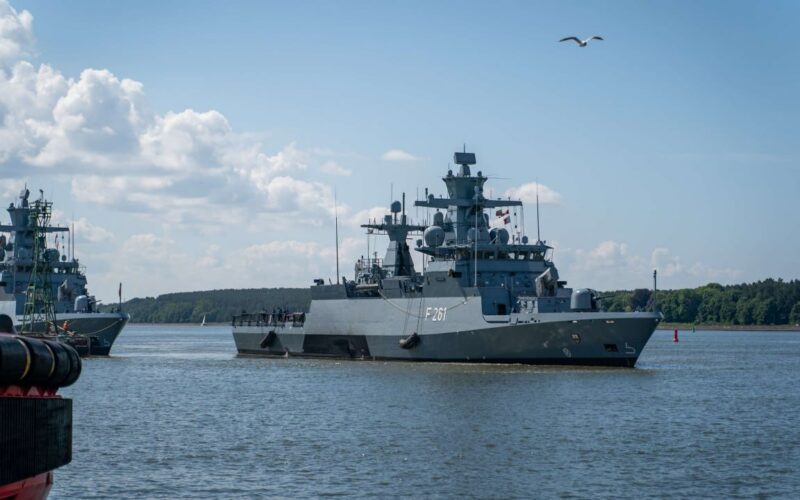This month, approximately 9,000 troops from 20 NATO countries have been participating in military exercises across the strategically important Baltic Sea region. The drills, known as Baltops, come against the backdrop of increased security concerns following the conflict in Ukraine.
Sweden, now a full NATO member, is participating in the exercises for the first time since joining the alliance earlier this year. The extensive training sessions, which include sea mine sweeps, submarine detection, and amphibious landings, are being conducted in various locations including the Baltic Sea, Sweden and its significant Gotland Island, as well as Lithuania, Poland, and Germany.
Organized by NATO’s Naval Striking and Support Forces and the U.S. 6th Fleet, the exercises involve around 50 navy ships and 45 aircraft and helicopters. These drills aim to enhance NATO’s readiness and operational capabilities in the Baltic region, which has gained strategic sensitivity in light of recent geopolitical developments.
“The dynamic challenges of the Baltic Region demand a refined, precise, and efficient amphibious capability; and that is exactly what we conducted in Sweden today. The landing location was intentional: NATO’s presence on Gotland Island is vital to protecting the security and stability of the Baltic Sea,” stated U.S. Marine Corps Brig. Gen. Andrew T. Priddy, chief of staff for NATO’s Naval Striking and Support Forces.
The Baltic Sea holds strategic importance due to major gas pipelines running across its seabed from Russia and Norway to Germany, Poland, and other European nations. These pipelines are crucial for energy supplies in the region, and their security is a key concern amidst the ongoing conflict in Ukraine.
Security tensions in the Baltic Sea area have escalated since 2022, leading to increased NATO activity and presence in the region. The ongoing Baltops exercises underscore the alliance’s commitment to maintaining stability and security in this sensitive area, reflecting a collective response to perceived threats in the face of rising hostilities.
The exercises are set to conclude on Thursday, projecting NATO’s capabilities and readiness in a region marked by complex security challenges.








